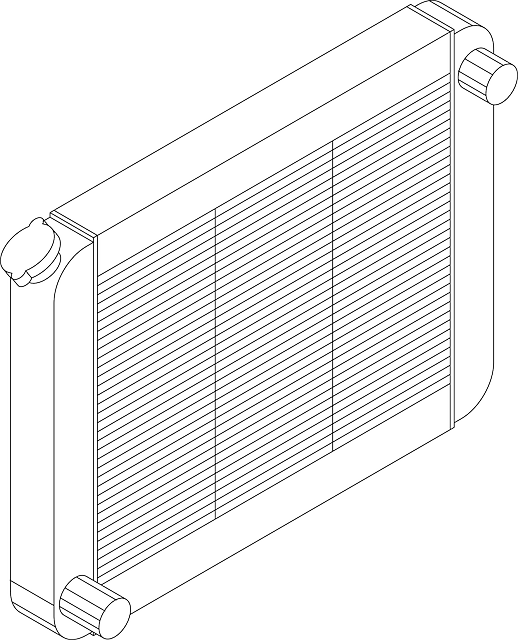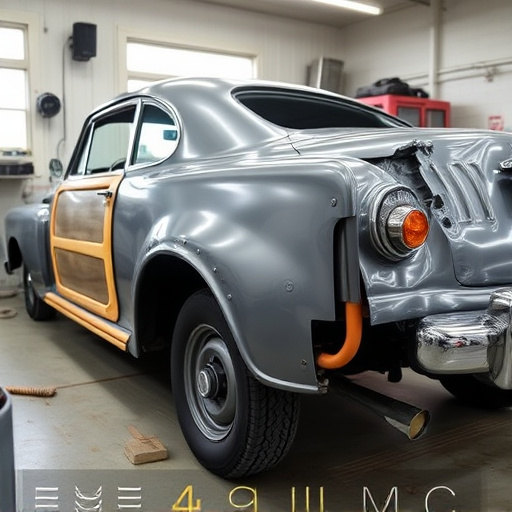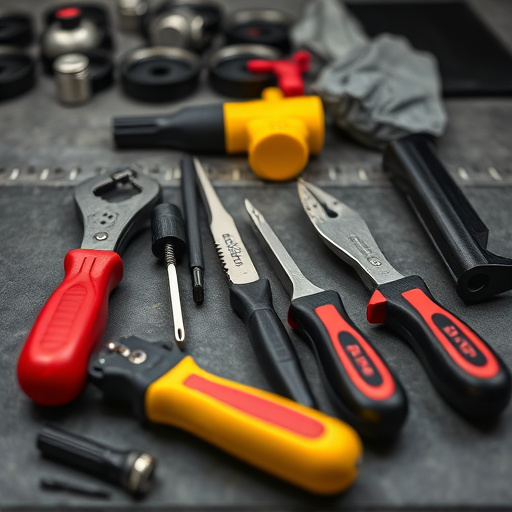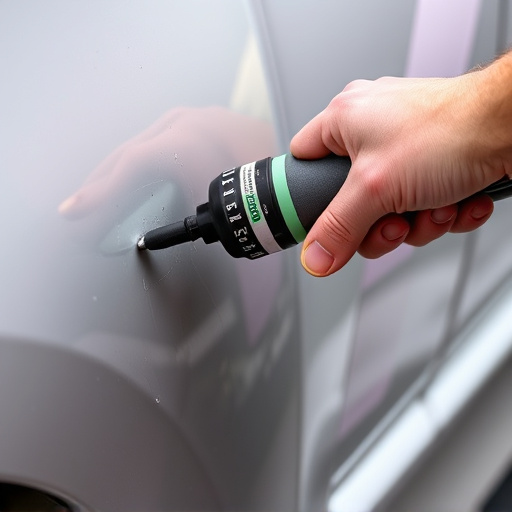Mercedes THERMOTRONIC systems require meticulous repair due to their complex network of components. Common issues include malfunctions leading to overheating or insufficient cooling. Auto body professionals use advanced tools for diagnosis, focusing on error codes and system performance. Key symptoms are unresponsive controls, temperature fluctuations, noises, or heating/cooling failure. Accurate repair involves structured troubleshooting, component identification, corrosion checks, disassembly, and compatible thermal management solutions. For complex cases, consult a professional mechanic to ensure optimal system function, vehicle performance, and efficiency.
Uncover the secrets to mastering a Mercedes THERMOTRONIC repair with this comprehensive guide. Dive into the intricate world of this advanced climate control system, understanding its key components and how they work in harmony. Learn to diagnose common issues swiftly, from sensor malfunctions to malfunctioning actuators. Our step-by-step process ensures accurate repairs, leaving your Mercedes’ interior at the perfect temperature. Master these techniques and become a expert in Mercedes THERMOTRONIC repair.
- Understanding Mercedes THERMOTRONIC System Components
- Diagnosing Common THERMOTRONIC Repair Issues
- Step-by-Step Guide to Effective THERMOTRONIC Repairs
Understanding Mercedes THERMOTRONIC System Components
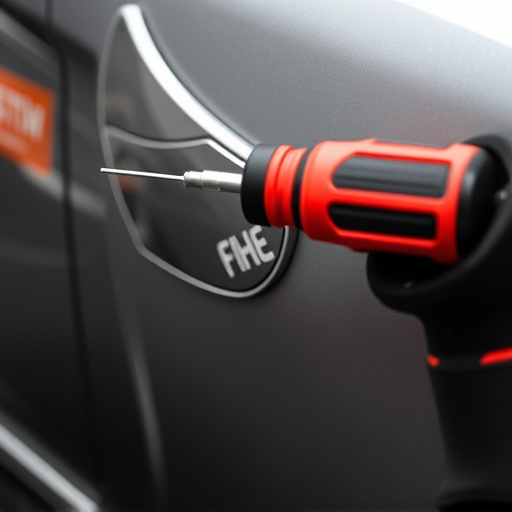
The Mercedes THERMOTRONIC system is a complex network of components designed to maintain optimal vehicle temperature. At the heart of this system lies the thermostat, which regulates coolant flow by opening and closing in response to engine heat. Connected to this are intricate pipes and hoses that carry coolant throughout the engine bay, ensuring even temperature distribution. Sensors play a vital role too, constantly monitoring temperatures and sending signals to adjust the system accordingly. A malfunctioning THERMOTRONIC can lead to overheating or inefficient cooling, underscoring the importance of accurate auto body repairs when issues arise.
Understanding these components is crucial for effective Mercedes THERMOTRONIC repair. Auto body services professionals must identify faulty parts, whether it’s a worn-out thermostat, damaged hoses, or misaligned sensors. Proper diagnosis involves using advanced tools to test each component’s functionality. Once identified, these parts need to be either replaced or expertly repaired, ensuring the system operates seamlessly once more. Efficient vehicle dent repair techniques can also contribute to overall system health by minimizing damage that could disrupt coolant flow or sensor readings.
Diagnosing Common THERMOTRONIC Repair Issues
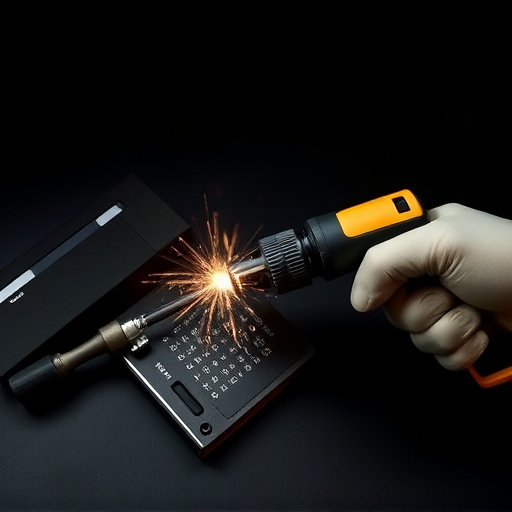
Diagnosing common issues with Mercedes THERMOTRONIC systems is a crucial step in performing accurate repairs. This advanced thermal management technology is integral to modern Mercedes vehicles, regulating cabin temperatures and ensuring optimal passenger comfort. Common problems can include malfunctions with the temperature sensor, defective heating or cooling elements, or issues within the control module itself. Auto body shops equipped with specialized diagnostic tools can identify these problems by scanning for error codes and monitoring system performance.
Paying attention to specific symptoms is key. For instance, if a vehicle’s climate control buttons don’t respond or the cabin temperature fluctuates drastically, it might indicate a faulty sensor or a problem with the electrical connections. Similarly, persistent humming noises or a lack of heating/cooling output could signal issues with the fan motors or compressor. Early identification and diagnosis by experienced technicians are essential to prevent further damage and ensure a seamless Mercedes THERMOTRONIC repair process in an auto body shop.
Step-by-Step Guide to Effective THERMOTRONIC Repairs

Performing an accurate Mercedes THERMOTRONIC repair requires a systematic approach and a deep understanding of the system’s intricacies. Begin by locating the faulty component, which could be a sensor, heater, or fan. This step is crucial as it enables you to isolate the issue and proceed with targeted repairs. Once identified, inspect for any signs of damage, corrosion, or loose connections.
Next, disassemble the affected area carefully, taking note of how each part connects. Remove any debris or old sealing materials that could interfere with new components. When replacing parts, ensure they are compatible with your Mercedes model and use only high-quality thermal management solutions. For complex repairs, consider seeking guidance from a professional mechanic to avoid further complications, especially when dealing with sensitive electronic systems. Remember, proper diagnosis and meticulous repair techniques are key to ensuring the system functions optimally, maintaining the vehicle’s overall performance and efficiency.
Performing an accurate Mercedes THERMOTRONIC repair requires a deep understanding of the system’s components and common issues. By following a structured approach, including diagnosis and step-by-step guidance, you can effectively address and resolve problems related to this intricate heating and cooling system. With the right tools and knowledge, you’ll be equipped to deliver top-notch repairs for Mercedes vehicles, ensuring optimal performance and passenger comfort.



